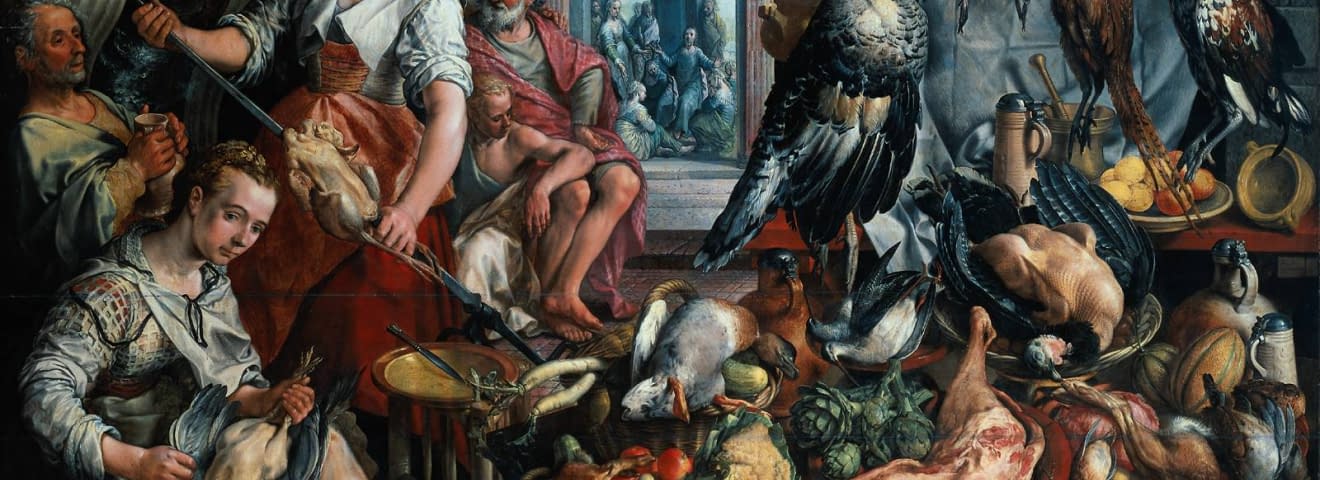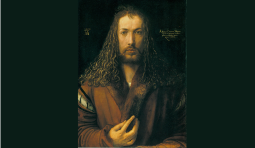A platform instead of a gallery?
This is a legitimate question, since galleries are economic representatives of artists in the classical sense.
If we look back in history, starting with the Renaissance, the Golden Age brought not only the trade with alimentation but also the trade with art to the markets of the Netherlands for the first time. Small-format panel paintings by artists from the region showed the daily life of the inhabitants for the first time. Often with morally connoted symbols and allegories and their attributes, the artists used the paintings either to try to make life easier with gossip or to educate their fellow citizens. If you study the pictures of this time carefully and try to decipher the coding, you can still recognise the gossip and the pointing fingers today and sometimes have to smile. The interest of the citizens thus grew, as the pictures were also seen as decoration for their houses in the flourishing time of the Golden Age. The demand for the artworks increased enormously, production ran at full speed, so that the first collapse could then also be recorded in this segment of trade. Today, Bruegel, Vermeer, Pieter de Hooch, Jan Steen, Judith Leyster and, last but not least, Rembrandt van Rijn can be bought for millions. The art trade in its earliest stages was born.
A few decades, even centuries later, important representatives of the first industrial revolution made sure that individual artists stood out and brought their works to women and men. First and foremost, industrialists who wanted to use their wealth to decorate their homes. These works were traded at auctions, which until then had been held for furniture, jewellery and other expensive goods. Some idealists with a good nose and even better connections in the respective art scene gave up their secure jobs and invested their time and money for artists. One of these young people was Daniel Henry Kahnweiler, who emigrated from Stuttgart to Paris at an early age in order to tie young, unknown artists to himself by signing exclusive contracts. He is considered to be the discoverer and patron of many artists who are now world-famous, highly praised and traded, such as Pablo Picasso and Georges Braque, who developed Cubism and thus significantly changed art history. The profession of the gallerist was born.
So, a few more revolutions later, we find ourselves in the midst of the digital revolution, with its platform-based art trade offering everyone fair access to art. We have learned from history and seen that artists want to stand up for themselves and be empowered. They want to see their work as a profession and be in control of their own business, without galleries influencing their work and creating dependencies. We may think of trade in the Golden Age with market stalls and haggling, but diversity is becoming more and more established. We can thus collectively change the world, put a spin on development and give those a platform and voice who are lost among the market shouters.
We stand up for every artistic form and expression. Together we are taking the (r)evolutionary step for equal opportunities. Are you joining us?
Image credit: Genre painting “The well-stocked kitchen, with Jesus in the house of Martha and Mary in the background”. Joachim Bueckelaer, 1566. Rijksmuseum Amsterdam







